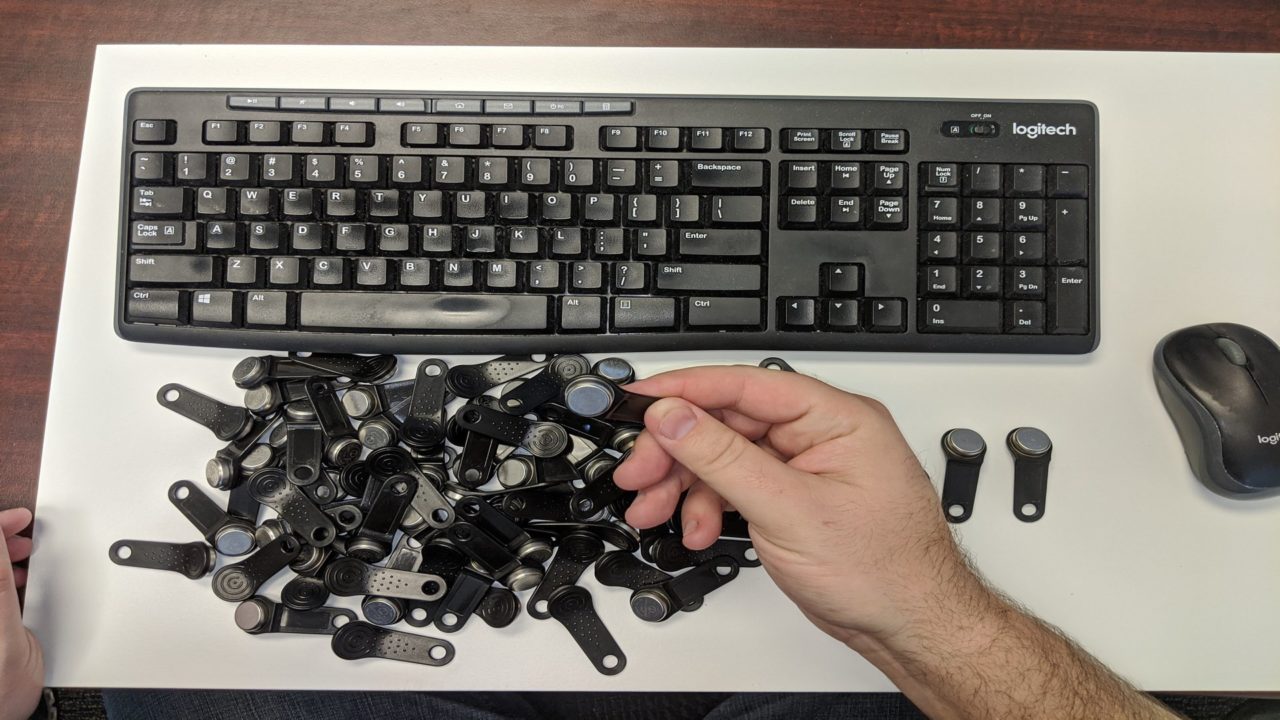More and more fleets are starting to realize the benefits, in terms of preventing steep accident costs and protecting against false claims and high insurance premiums, of an effective driver safety program. Monitoring the behavior of drivers while they’re on the job, and coaching them with tools like driver safety data and video capture of vehicle events, can lead to major improvements in driver performance, customer service and even vehicle maintenance.

But if you can’t effectively capture driver ID’s, then ascribing real-time vehicle location and performance data to the right person is going to be a huge hassle. Driver management is a general term for technology solutions that allow drivers to log in from within a vehicle, so that back-end software captures the correct driver identification and reports on data from that user’s daily work.
There are numerous ways for drivers to log in and out from a vehicle cab, the most common of which is with a key fob. Drivers carry a key fob and press it to a key fob reader that is installed on the vehicle dashboard. The trouble with this method is that drivers often lose or damage these fobs, and also, each one has a different number that managers need to keep track of using manual spreadsheets and other cumbersome methods.
However, there are much more effective and automated methods of driver management that are worth considering for fleets that employ multiple drivers, who may not be assigned to the same vehicle each day. For managers, an instant and hassle-free way to identify, manage and assign drivers to vehicles is a major time-saver and also leads to more accurate collection and analysis of fleet driver safety data.
Such methods include in-cab RFID readers, combination keypads and RFID readers, and even facial recognition units (still emerging in the market, but rapidly gaining in deployment). For many fleets in the EMS and medical fields, drivers who already carry RFID cards for building access can swipe their cards on an installed reader in the vehicle, and thus not have to carry a second ID device.

